
 |
|
|
Fruits
Volume 62 Number 1 Date 04/27/2017 APPLE THREAD BLIGHT - This fungal disease was diagnosed in March on an apple branch from Vernon County, representing the first Wisconsin case confirmed by the UW Plant Disease Diagnostics Clinic. According to Brian Hudelson, the infected sample was covered with small, brown bumps initially thought to be a scale insect that were later identified as fungal sclerotia. Apple thread blight can lead to leaf-loss and branch tip dieback, and is more common in warmer, wetter climates typical of the southeastern United States. A regular fungicide spray program usually provides satisfactory control of this disease. SPOTTED TENTIFORM LEAFMINER - The first moth flight began by April 8. Counts in the last two weeks have been variable, with some orchards capturing relatively few STLMs and others reporting weekly catches of 500 or more moths. The high count from April 19-26 was 702 moths per trap near Edgar in Marathon County. Peak emergence or trap catch of spring adults is approaching and should occur at advanced sites during the first or second week of May. GRAPE FLEA BEETLE - The spring migration of overwintered beetles into vineyards has started. Scouting twice weekly from bud swell until the first leaf separates from the shoot tip is suggested through mid-May, or once shoot growth has reached three inches. Early spring feeding by adult flea beetles damages primary buds, preventing shoot expansion and ultimately reducing grape yields. Plants on the margins of vineyards are at greatest risk of injury. An economic threshold of 5% bud damage can be used to determine the need for control. REDBANDED LEAFROLLER - Counts since mid-April have ranged from 0-145 per trap and nearly all orchards in the DATCP monitoring network have captured some RBLR moths. Apple growers are reminded that sampling for newly hatched RBLR larvae on foliage and watersprouts is advised beginning 10-12 days after the first moth is trapped. RBLR larvae are uniformly yellowish-green and should not be mistaken for the OBLR, which has a shiny black head capsule. EASTERN TENT CATERPILLAR - Egg hatch began by March 19 in Rock County following the accumulation of 50 degree days (modified base 50°F). The characteristic tents are now visible on wild cherry, apple, flowering crabapple and other host trees. Control is most effective from late April until early May, while the larvae and tents are still small. OBLIQUEBANDED LEAFROLLER - Larvae have resumed activity after overwintering under the bark of scaffold limbs and twigs. The ¼-inch, yellowish-green caterpillars with black head capsules are expected to feed for 2-3 weeks before pupating within leaf tubes. Scouting flowers and leaf buds with a 10X hand lens is recommended at this time. -- Krista Hamilton, DATCP Entomologist 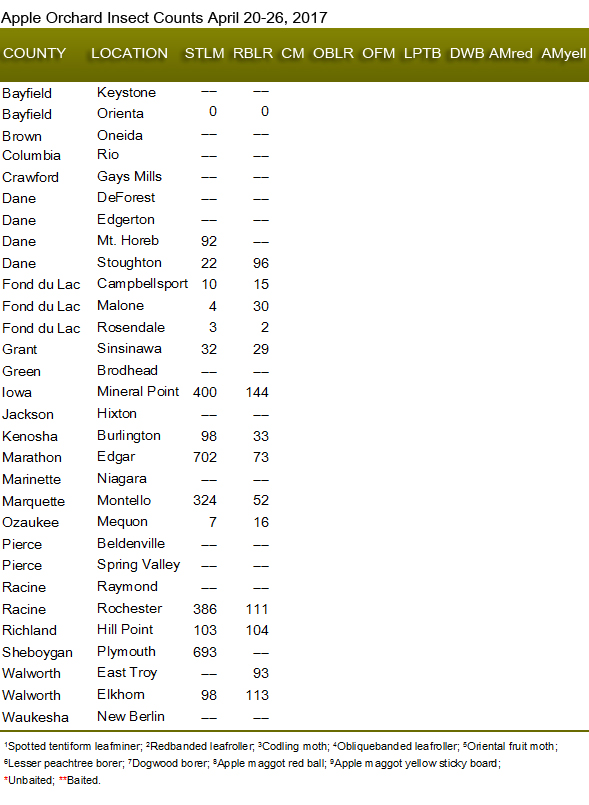
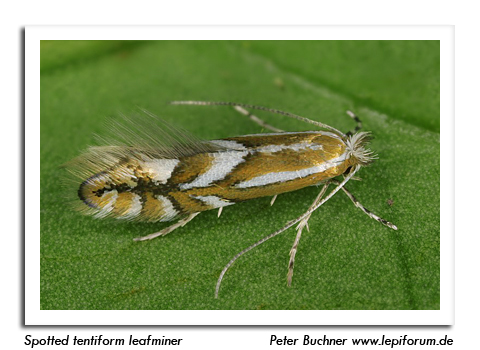
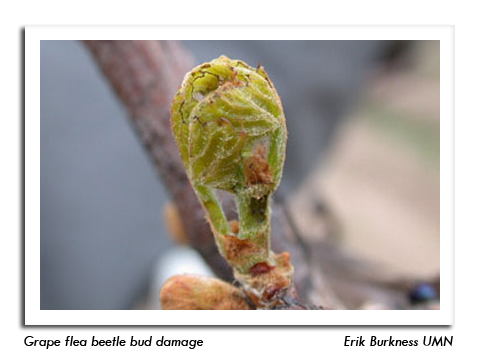
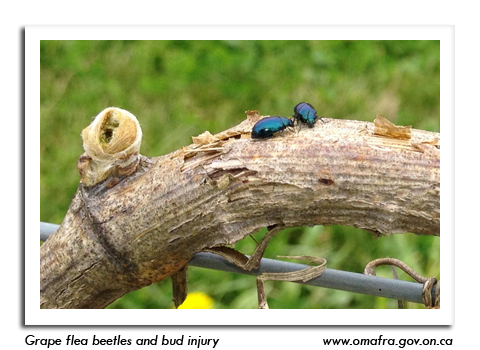
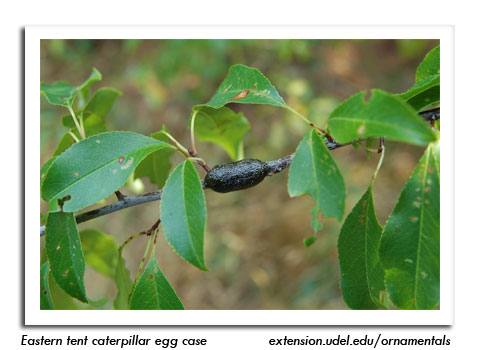
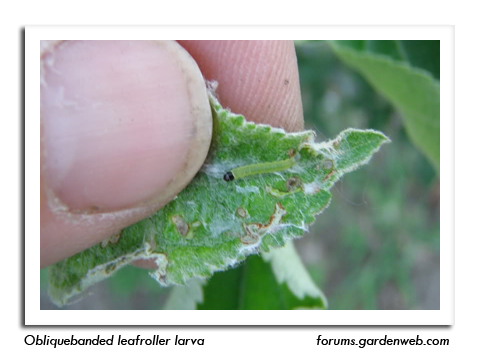
|
|
|